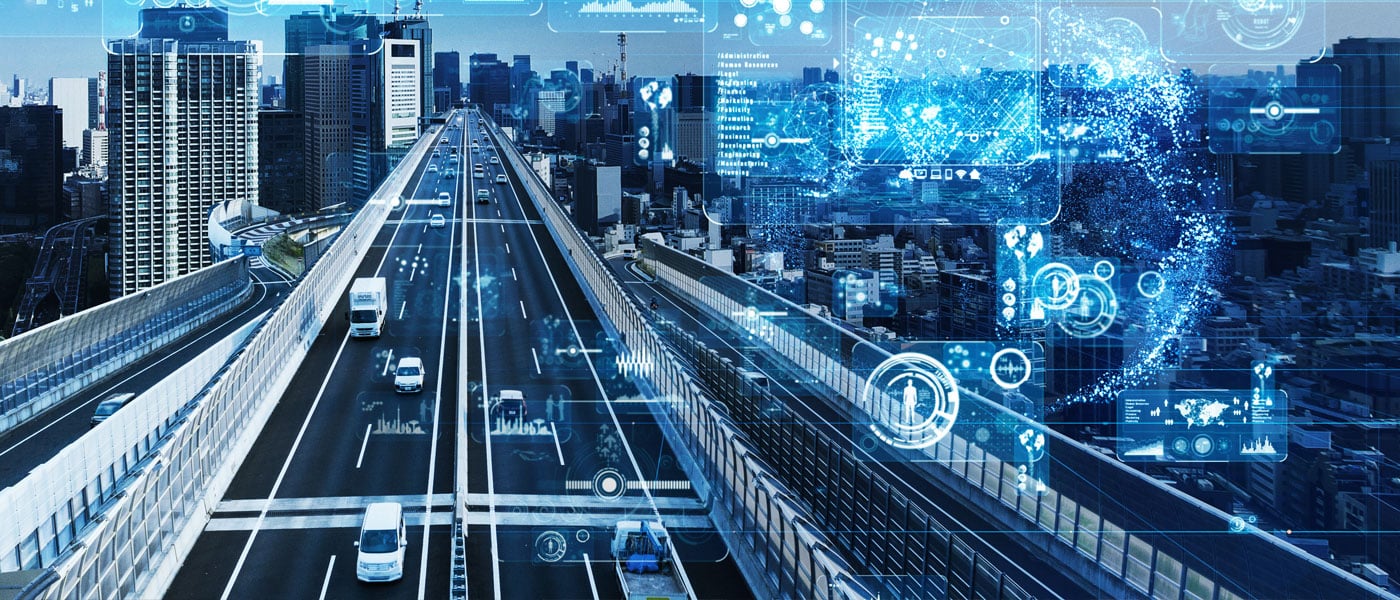




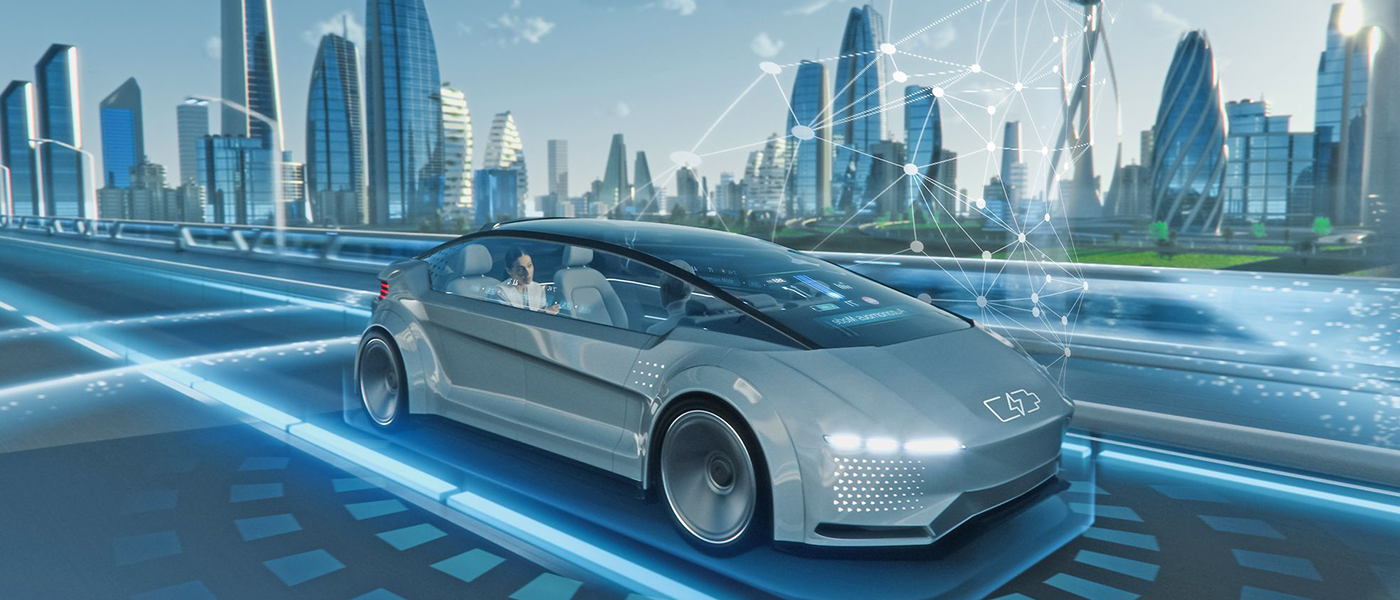
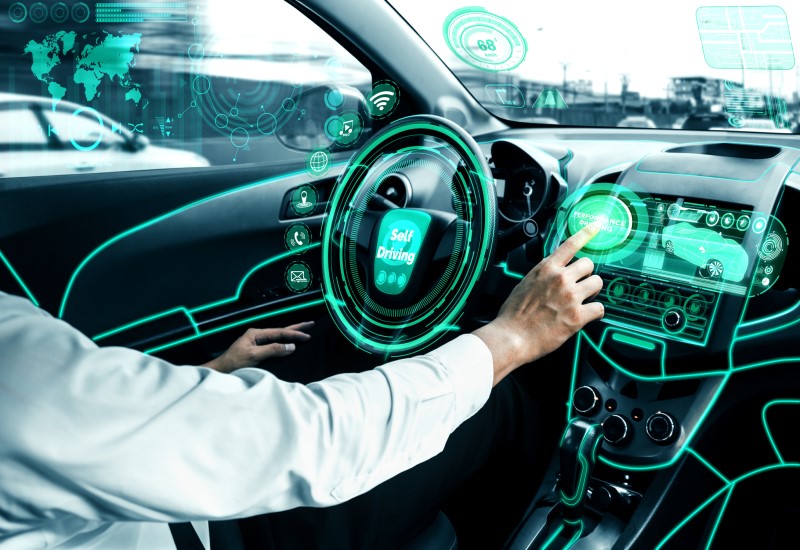
How are automakers collaborating with IT technology providers to deliver a greater UX experience? What is the impact of augmented reality in this industry? How is electrification opening new revenue streams? What are the key growth drivers and restraints? Who are the top players?
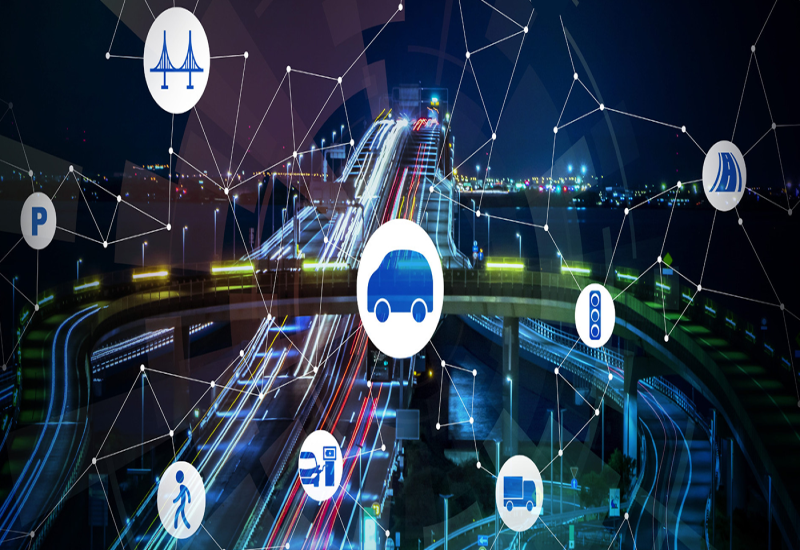
Which software platforms are accelerating growth opportunities? How are changing consumer perceptions toward safety and affordability fueling autonomous capabilities? Which regulatory factors are shaping the future of this industry? Which leading start-ups are disrupting the value chain?
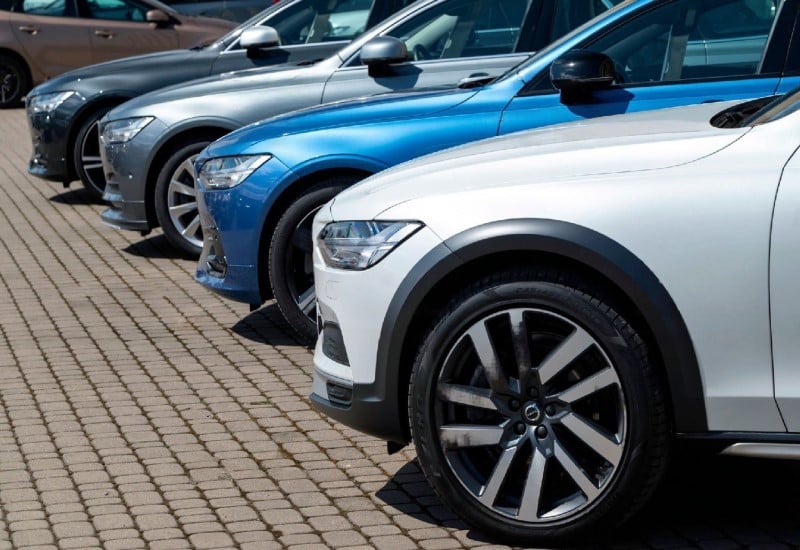
Get a strategic overview of Geely, and understand the critical factors contributing to the success of the organization. Also, take a deep dive into the company’s operational strategies with a focus on sales performance, product portfolio, platform development, brand positioning, and more.

A few minutes of browsing and comparing, followed by a few clicks, is all it takes, and everything you ever wanted can be delivered to your doorstep within a few days and sometimes even in less than an hour. Such is the power of e-commerce, which has made shopping a seamless experience that can be enjoyed from the comfort of your home, even if you are thousands of miles away from the shop from which you just made a purchase. While it all seems like a smooth, well-oiled engine, there is more to e-commerce than meets the eye. To deliver such a seamless user experience, the e-commerce ecosystem players, which mainly comprise the e-commerce or online retailer, technology and fintech providers, logistics companies and policymakers, must significantly invest time and money in technology, infrastructure and building partnerships. The success of the e-commerce industry in a county strongly depends on the collaborative effort of all these ecosystem players. In return, the e-commerce industry promises tremendous opportunities that can be leveraged to make strong financial gains and spur robust economic development.
Schedule a dialog or email us at myfrost@frost.com to connect with an industry expert at no charge. We are taking unprecedented action to make our team available to help you cut through the media and politics to get factual one-to-one guidance for the issues and opportunities that matter most to your business.
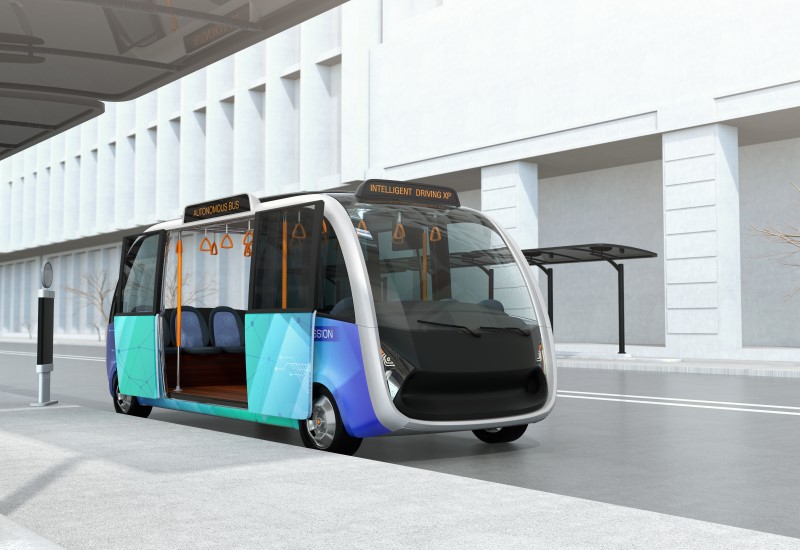
How are technological advancements creating innovative business models?
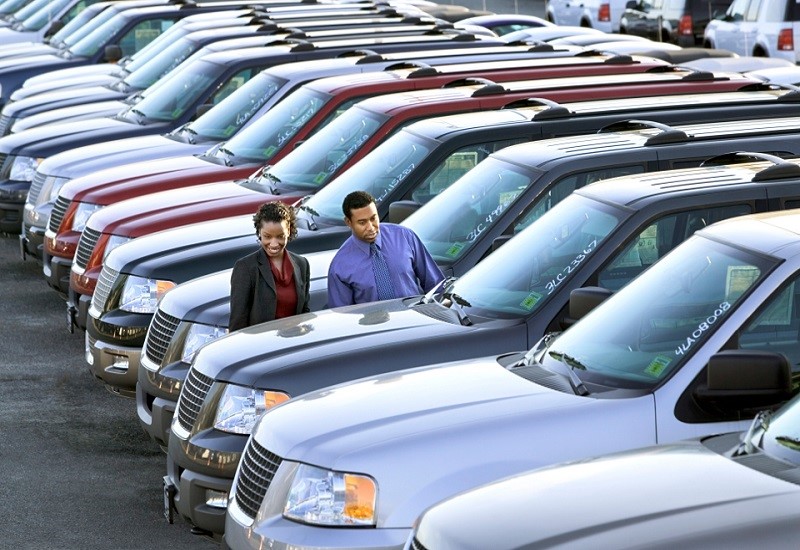
Identify the key brands accelerating the future growth of this industry
Read more Request Info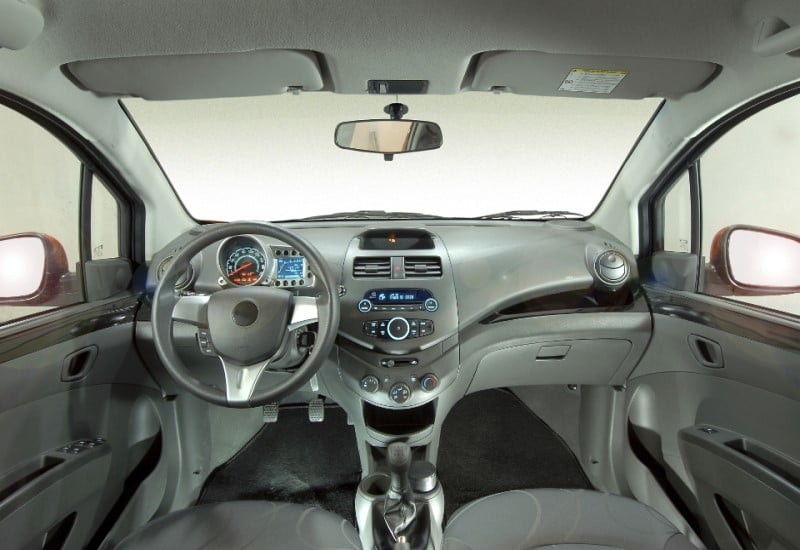
How are new partnerships improving performance and scalability?
Read more Request Info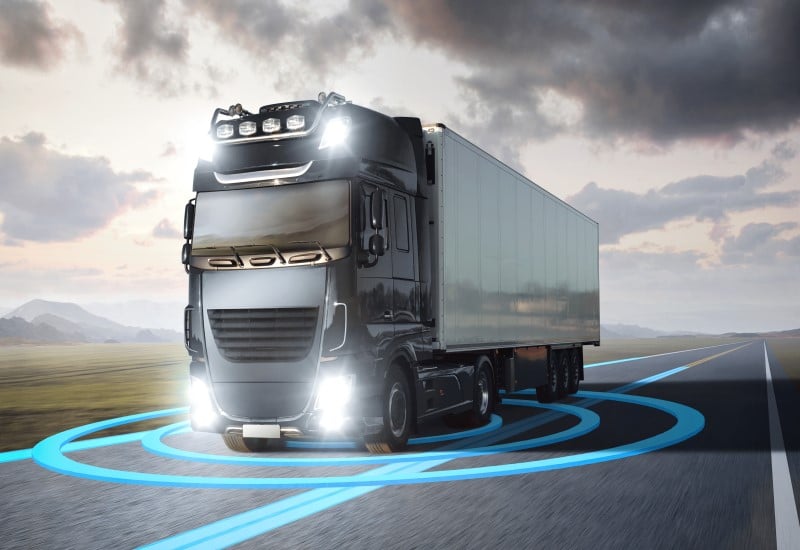
What are the regulatory policies influencing new products and features?
Read more Request Info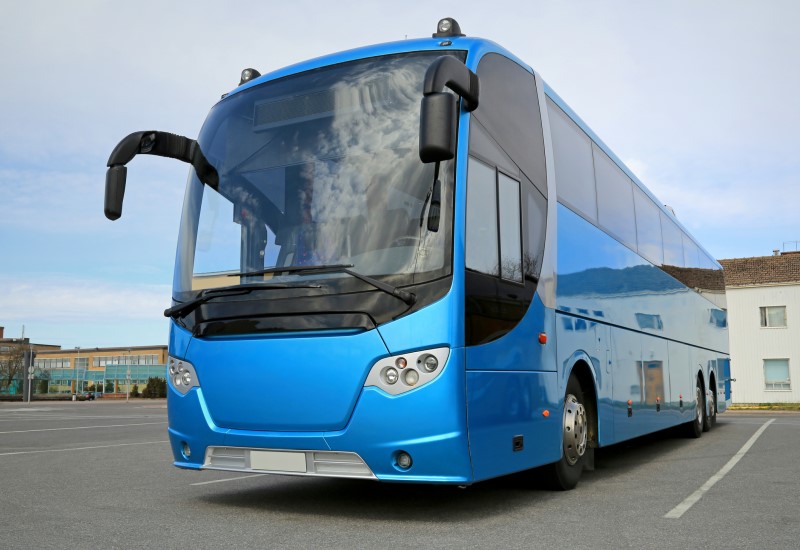
Which leasing models are stakeholders adopting to expand their operations?
Read more Request Info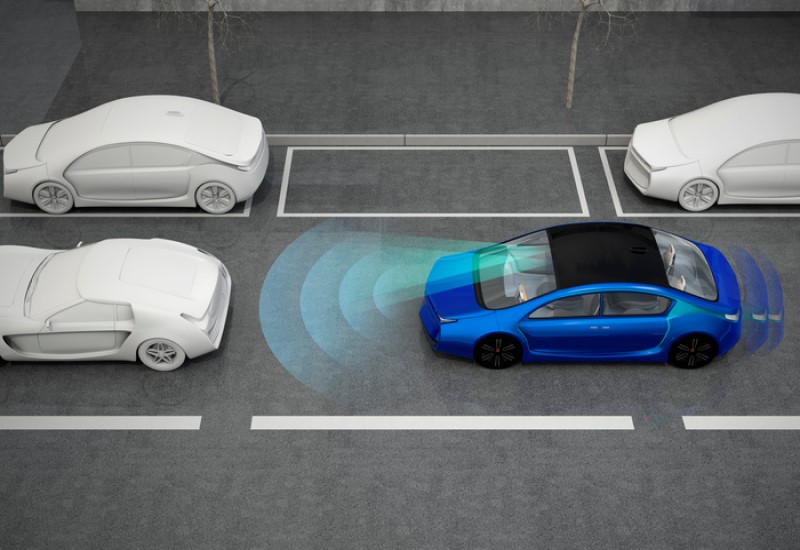
How is smartphone-based telematics monitoring spurring growth avenues?
Read more Request Info

With big hopes riding on its electric minibus, question marks loom over whether one of the world's premier electric vehicle automakers will be able to successfully resolve its battery problems and meet planned Q3, 2022 delivery deadlines.
Read More
Research into the use of alternative fuels in heavy-duty combustion engines has been gathering momentum as the off-highway (OHW) industry pivots towards clean energy and looks for viable low/zero-carbon fuel replacements for diesel.
Read More
It is all about digital lifestyle extension, and automakers are focused on enriching consumers’ in-vehicle experience with the help of advanced technologies like artificial intelligence, augmented reality, and self-learning. These technologies are transforming the vehicle, making it a seamless part of customers’ connected, digitally driven ecosystem.
Read More
Autonomous mobility uses technology to enable vehicles to operate without a human driver. The world’s market for autonomous mobility in 2021 was about $27 million and will reach $92 billion in 2035, says Frost & Sullivan. According to Frost & Sullivan, the shared mobility market barely registered in 2021, but by 2025, there will be about 16,000 shuttles and 33,000 robotaxis. By 2030, there will be 204,000 shuttles and 595,000 robotaxis. By 2035, the worldwide market for autonomous shuttles will be 323,000, while there will be 1,667,000 robotaxis.
Read More
Tesla’s shift toward a vertically integrated sales and service model creates the need for traditional partnerships with third-party franchised dealers for vehicle repairs, finds Frost & Sullivan’s recent analysis, Growth Opportunities in Tesla’s Global Aftersales Strategy. This leads the company to ramp up its mobile service fleet and collaborate with independent aftermarket repair service providers globally to sustain customer satisfaction.
With software-defined vehicles expected to become the norm, OTA is becoming the go-to technology for automakers to ensure convenient and cost-effective features and app updates, finds Frost & Sullivan. Elements from the smartphone industry are disrupting the connected car market. Much like the smartphone industry, evolving user behavior and expectations are underpinning human-machine interface (HMI)-driven applications and experiences in the automotive industry. Such innovations have picked up momentum in the aftermath of the pandemic, positively impacting stakeholders across the connected cars spectrum.
Amidst a very bullish outlook for 2022, Hero Electric, the country’s leader in the electric two-wheeler segment, and the Mahindra Group, a dominant presence in the country’s electric three- and four-wheeler segment, have come together for a five-year strategic partnership. The collaboration will enable Hero to boost manufacturing capacity — the goal is to produce over one million EVs per year in 2022 — to meet surging demand for electric two-wheelers and facilitate the Mahindra Group’s bid to fast-track the development of electric offerings under its Peugeot Motorcycles brand via a platform sharing approach.
Read more